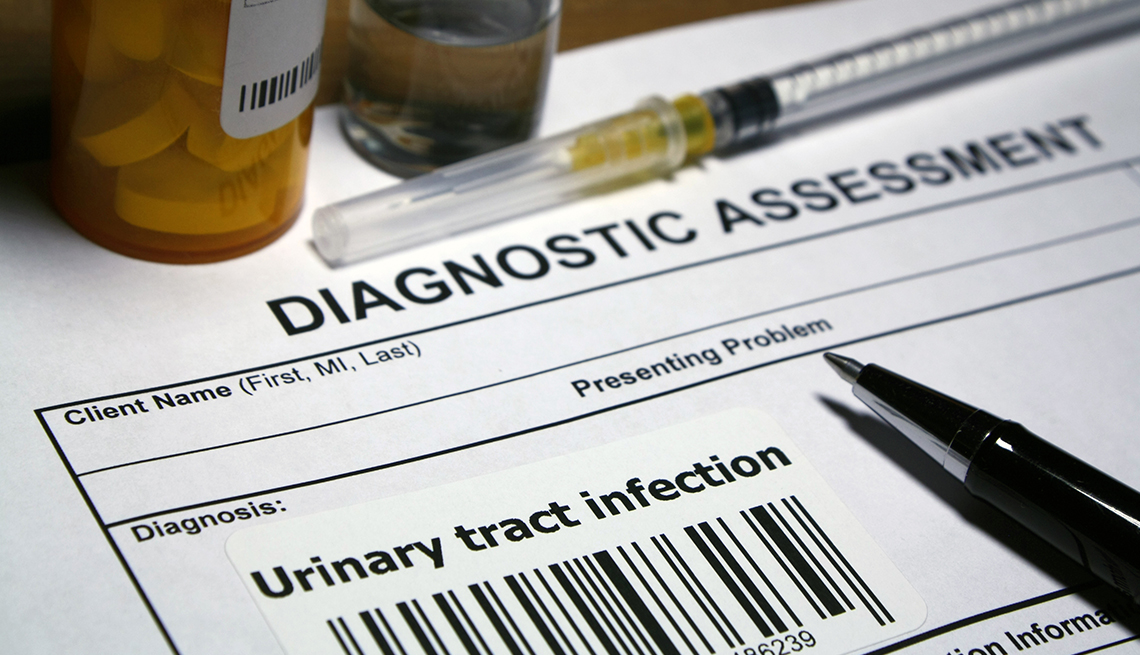Staying Fit
For many women, the sensation is painfully familiar: burning when they urinate, a need to make frequent bathroom visits, pain in the pelvic area, and sometimes stinky or cloudy urine.
We're talking urinary tract infections, or UTIs. And though we might think of them as a young woman's ailment — what was once called “honeymoon cystitis” — they are actually a common problem in postmenopausal women (and, more rarely, in some older men, usually because an enlarged prostate has blocked the urinary channel).


AARP Membership— $12 for your first year when you sign up for Automatic Renewal
Get instant access to members-only products and hundreds of discounts, a free second membership, and a subscription to AARP the Magazine.
What's more, while half of all women will have a urinary tract infection in their lifetime, about half of postmenopausal women will develop recurrent infections (defined as two within six months of each other, or three within 12 months). “Recurrent UTIs are more common in older women,” says Nicole De Nisco, an assistant professor at the University of Texas at Dallas whose lab research focuses on persistent UTIs in postmenopausal women. “We think it might have something to do with declines in the immune system."
As anyone who has had one would know, UTIs are not fun. “They aren't just uncomfortable. They are a painful disease,” says De Nisco, “and they really reduce the quality of life. The clinician I work with has patients calling him in the middle of the night crying because they are in so much pain."
These infections are also a bit mercurial. “Bladder infections are difficult because they can do their own thing, happen at any stage of life, and tend to cluster together,” says Felecia Fick, a physician assistant in the Urogynecology Department at the Mayo Clinic. “And as you age, you may not have the same symptoms as when you were younger.” As an example, Fick described a recent older patient of hers who had no dysuria (pain upon urination) but because of an UTI was having urinary leakage and was unable to completely empty her bladder because vaginal prolapse was obstructing the urinary stream.
Causes
UTIs — defined as an infection anywhere in the urinary system, from the urethra and bladder up into the ureters and kidneys — usually happen when opportunist bacteria inside the bowel travel into the urinary tract and move north. “The top bacterial pathogen is called UPEC, for uropathogenic E. coli,” says De Nisco. “It is responsible for about 80 percent of infections in premenopausal women, and about 60 percent in postmenopausal women."


































































